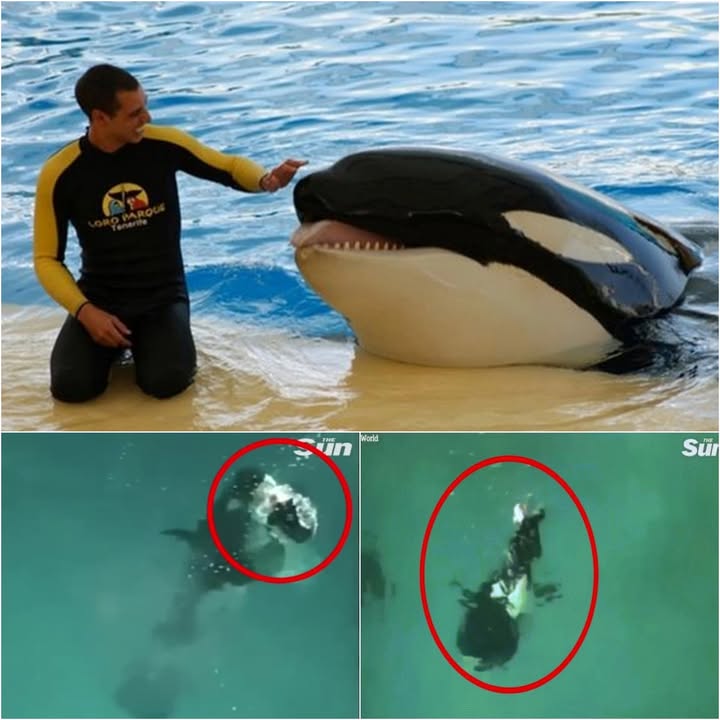Captive killer whales have been popular marine park stars for years, yet the deadly attacks on trainers Alexis Martínez and Dawn Brancheau exposed the darker side of this entertainment.
Martínez, killed in 2009 in Spain by Keto, a captive-born orca, was dragged under water during a rehearsal despite years of working with the whale. Keto had never swum in the wild, spending life in marine parks.
In 2010, Brancheau died at SeaWorld Florida after Tilikum, a massively powerful captive orca, pulled her underwater during a show, causing fatal injuries and drowning.
These incidents shocked the public and raised deep concerns about orca captivity conditions—confinement, limited social interaction, and stress factors thought to contribute to aggressive behavior.
The Blackfish documentary outed the harsh realities of marine park orca lives, stirring public outcry.
Experts say that despite training, orcas retain wild instincts dangerous to humans. Trainers, dedicated professionals, face risks inherent to working with such animals.
SeaWorld responded by halting breeding and shows, though orcas remain confined. Loro Parque also faces criticism for continued captivity of orcas like Keto.
These deaths highlight the ethical and safety challenges of keeping large predators for human entertainment.


